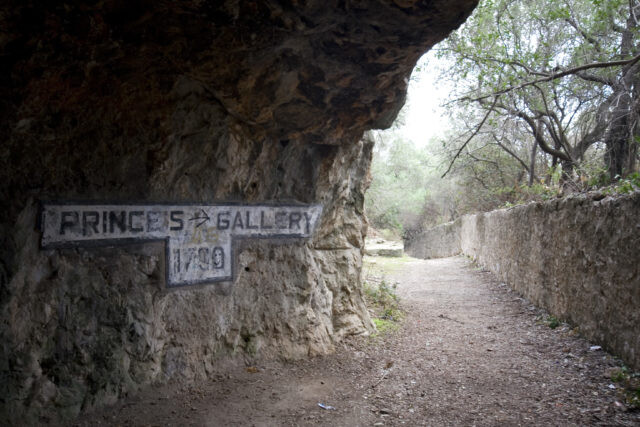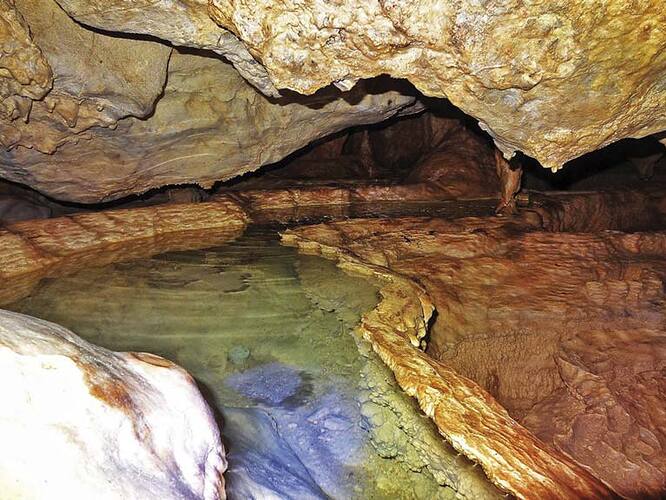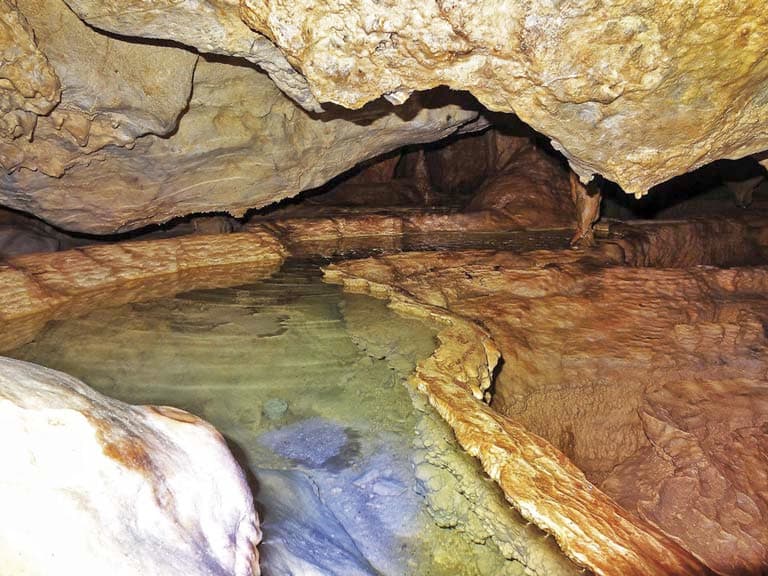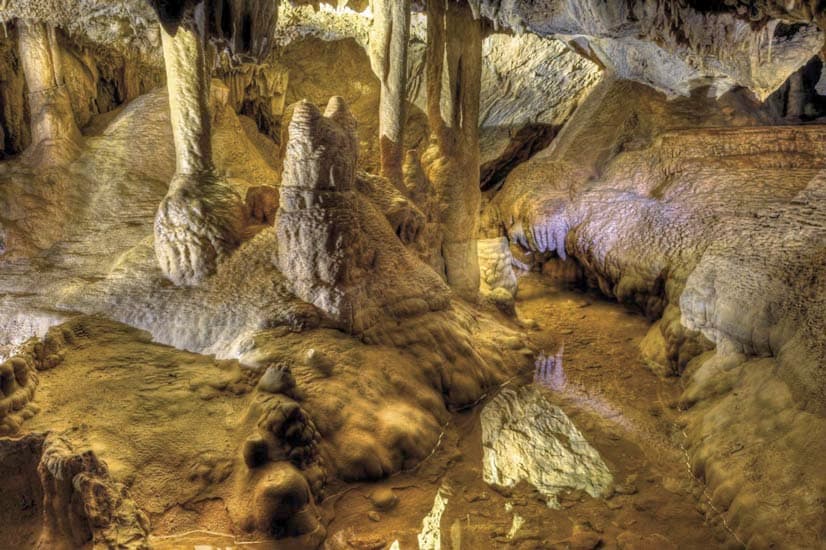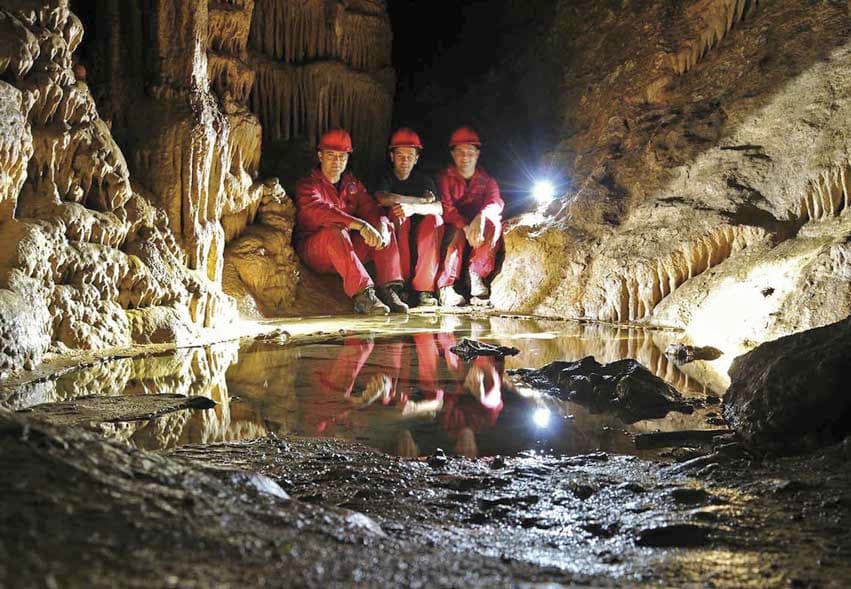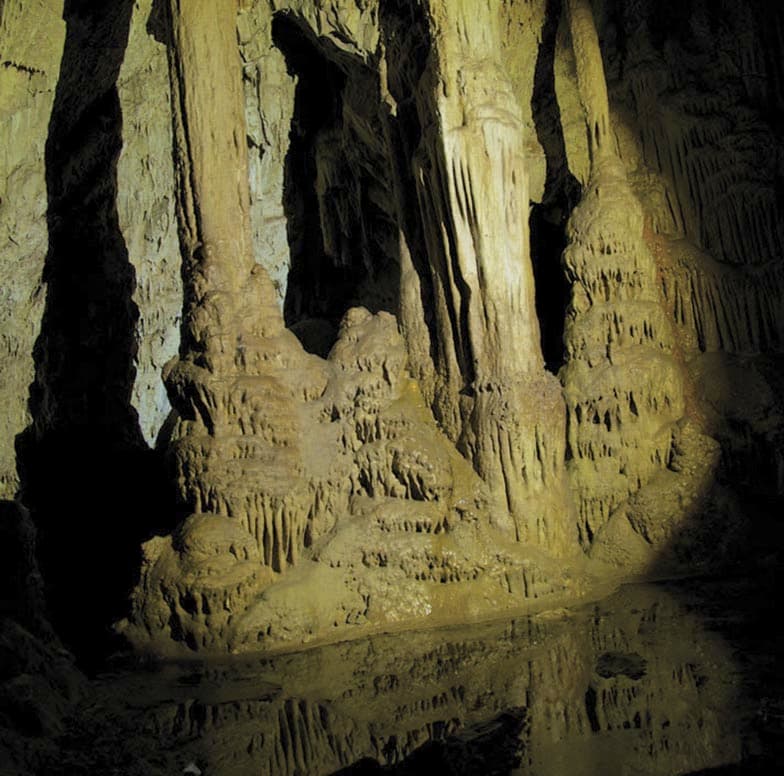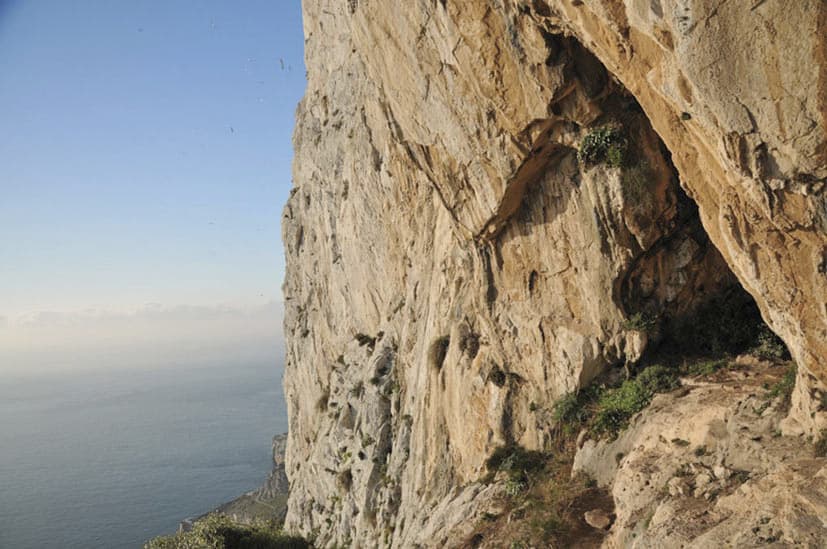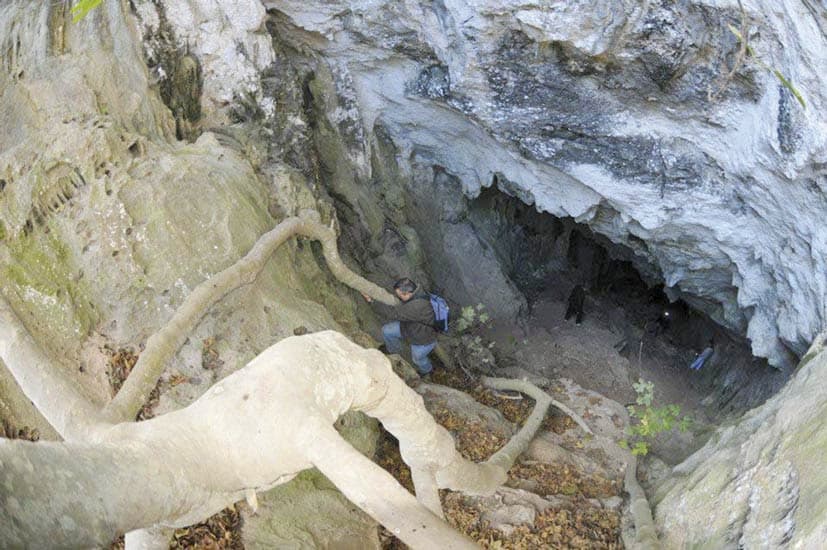4 Gibraltar Caves You Probably Haven’t Heard About
From Reach Extra – 4 Gibraltar Caves You Probably Haven’t Heard About - ReachExtra.
Pete’s Paradise Cave
A unique cave with rim stone pools filled with clear water and a maze-like network of crawls and chambers. This cave was discovered by the Gibraltar Cave Research Group in 1966 and inherits its name from Peter Mann, a member of the group who, upon discovering this cave, shouted “This is paradise!”
The group also discovered evidence of human burial – four skeletons were found possibly from the Neolithic period: two females and two males.
During an excavation in 1966 a number of prehistoric artefacts were discovered such as Neolithic pottery, bones and stone tools.
Leonara’s Cave
A cave system within St. Michael’s Cave which was once rumoured to link to North Africa – it was believed that the Macaques arrived in Gibraltar via this network. However, Underground Gibraltar explained “This is nonsense of course, but a good story that has lasted many years”.
This myth did lead to many casualties, with various accounts of military personnel exploring the network during their spare time in search of the passage to North Africa, and then never being seen or heard of again. Some believed that they were simply trying to escape their military duties.
“Who knows, we may someday find the remains of lost soldiers.” – Underground Gibraltar
The Goat’s Hair Twin Caves
Originally named ‘Swell’s Fig Tree Caves’, these are a pair of caves 190 metres above sea-level that were once used as a goat heard refuge in the 19th century, named by explorers who found large amounts of goats hair stuck to the walls.
During excavations led by George Palao in 1969 – 1970 a ‘prehistoric ceremonial burial’ on the northern wall was found; a human skeleton surrounded by pottery, bone pendants, flint blades, armlets and anklets.
“Sadly, there are no records of these findings having been deposited within the Gibraltar Museum […] there is no trace of this important piece of Gibraltar’s heritage” – Underground Gibraltar
Holy Boys Cave
According to Underground Gibraltar, they believe that the cave got its name from the 9th of Foot Regiment (which became the ‘Norfolk Regiment’ in 1881). Their regiment was nicknamed ‘the holy boys’ and were given battle honour for their service throughout the years of the Great Siege.
Captured to preserve article.
